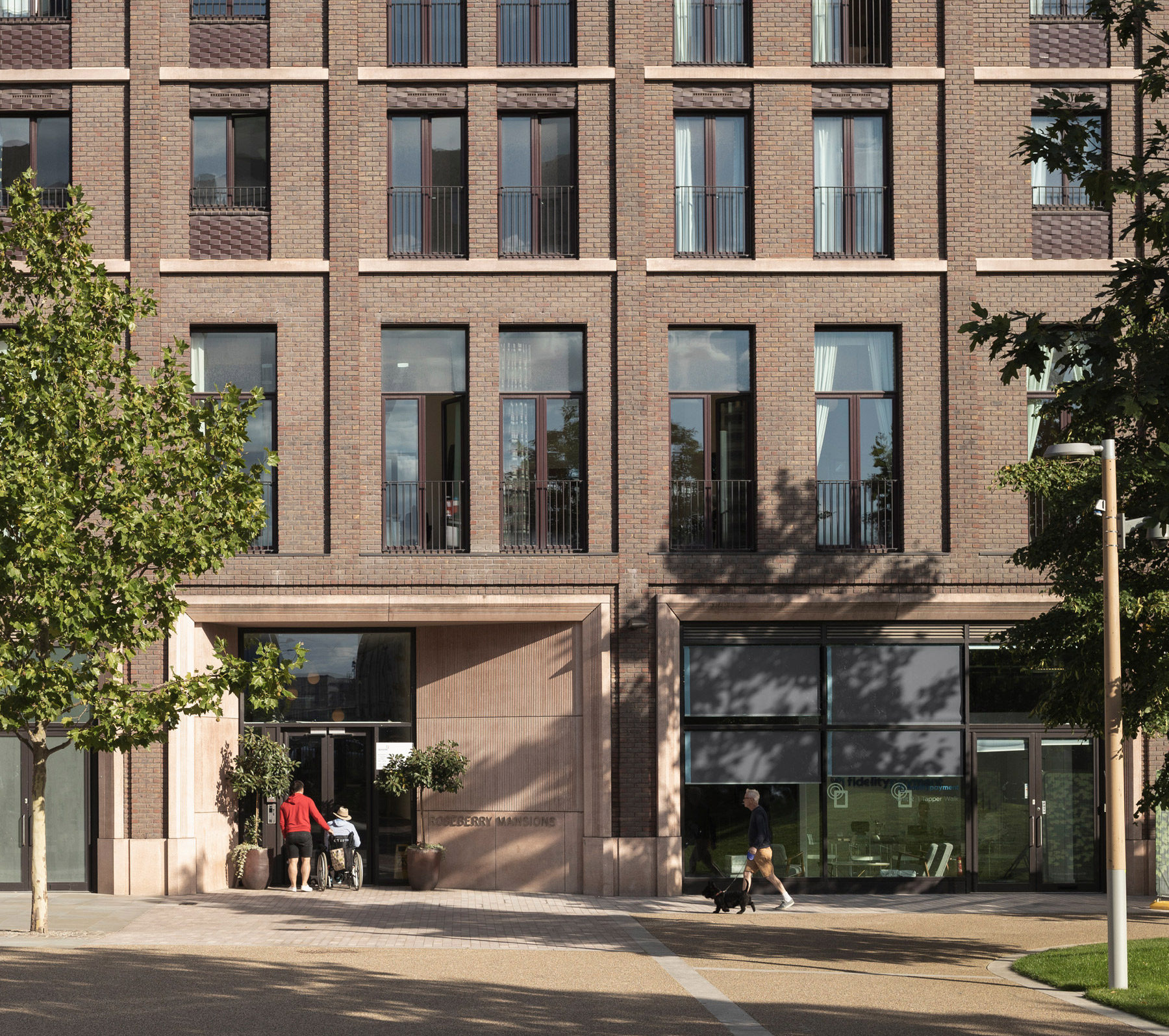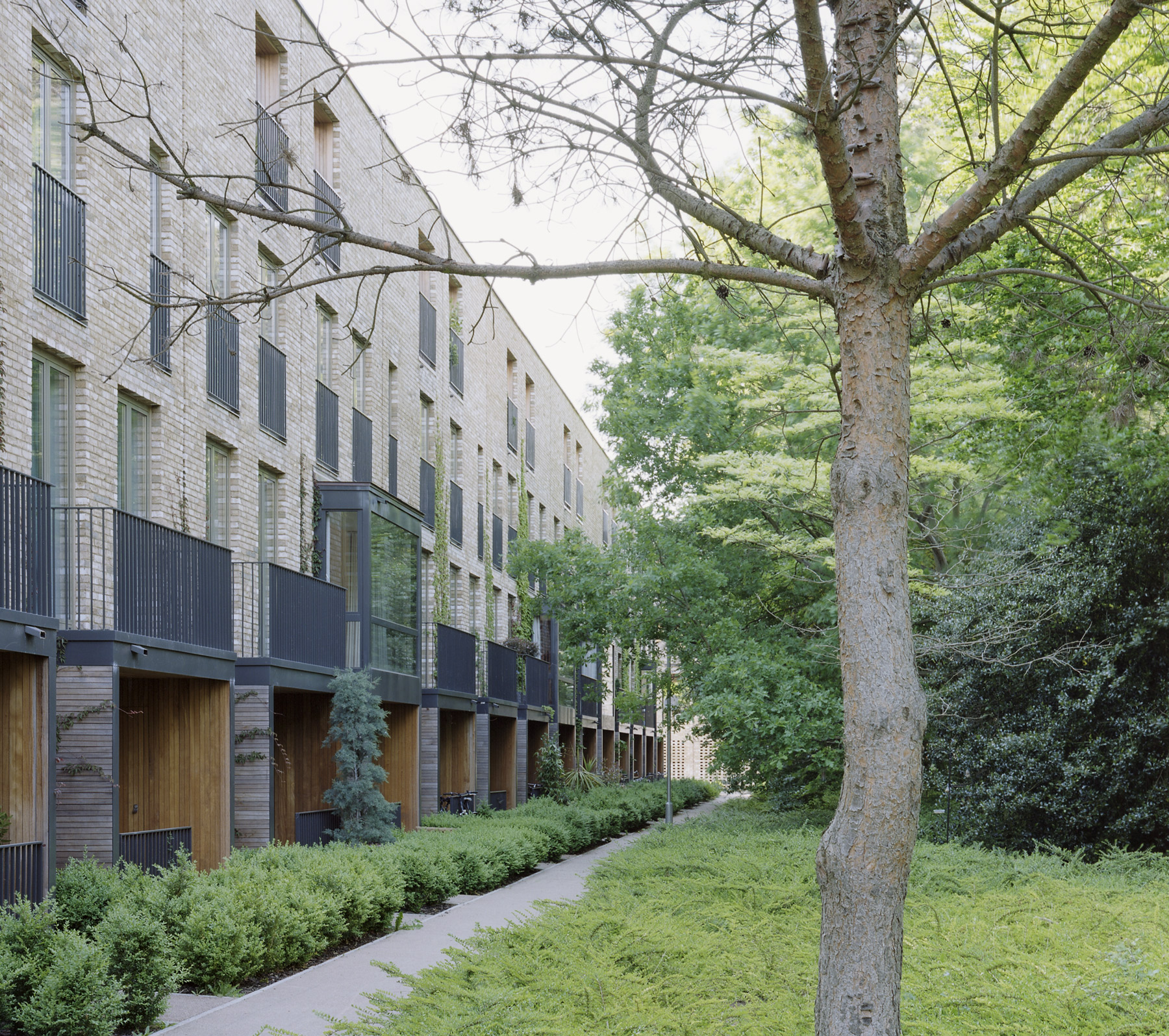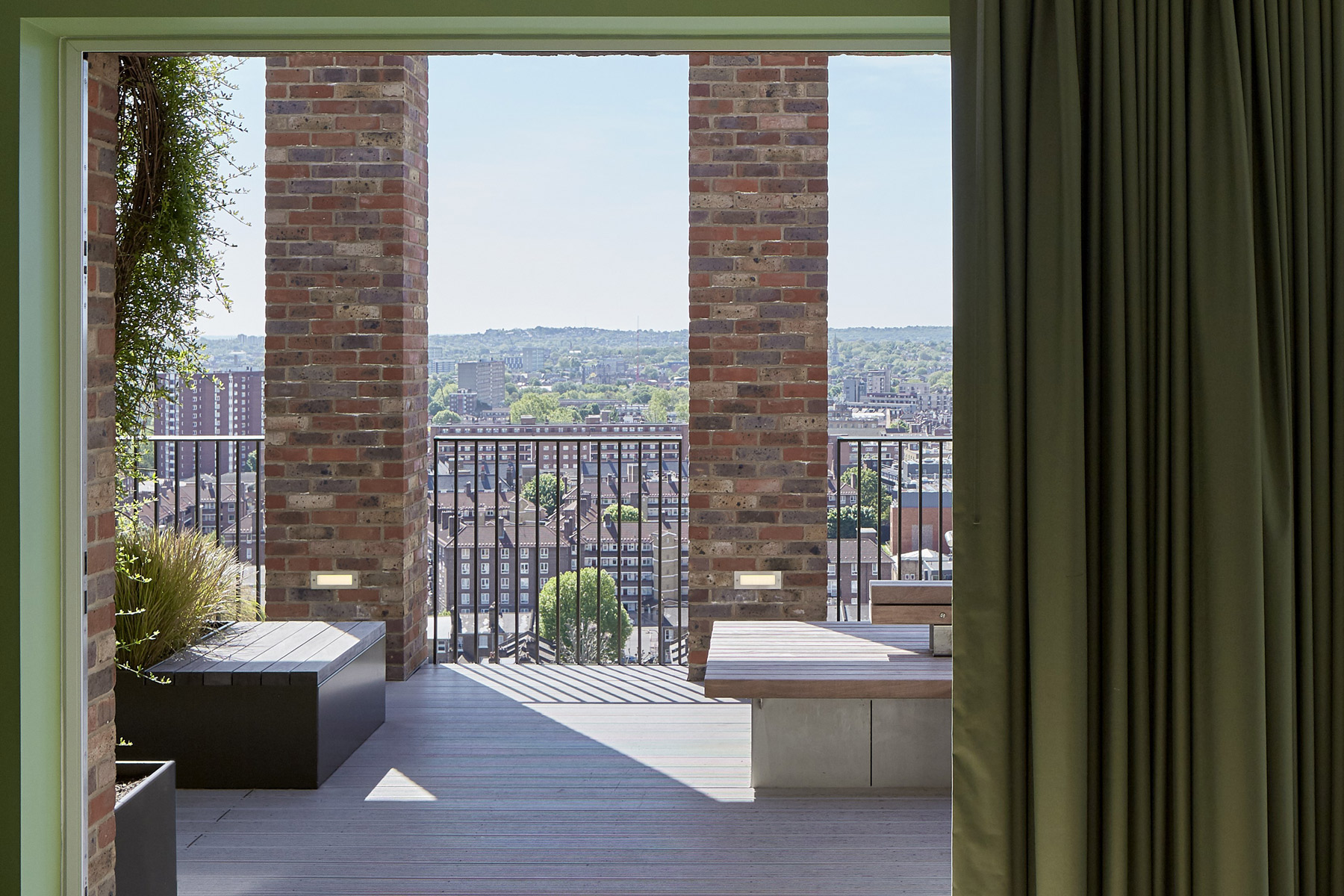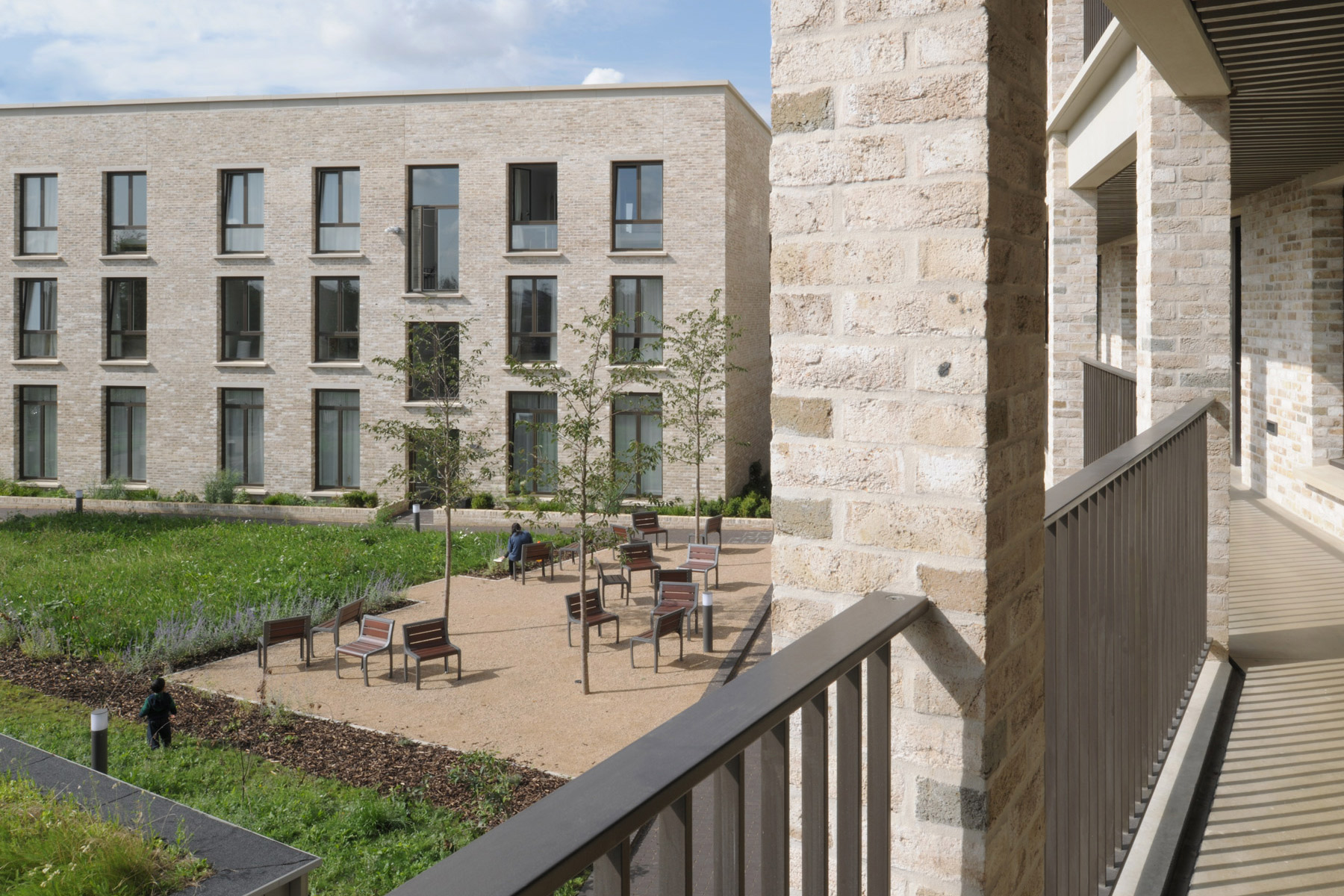No country for old folk?
Senior living, just a buzz word or do we truly care about where older people live? Maccreanor Lavington’s Loretta Gentilini explores.
Increasingly we hear about Later Living, Senior Living, Supported Living, Retirement Living – and more. It appears to have replaced the ‘B2R’ (Build to Rent) sector as the preferred domain for many developers and architects alike. But do we all really care enough about the sector to make a real difference or is this simply a current phase within the built environment? I too am working in this developing sector where, as well as a plethora of names and no unified concept, there comes a myriad of typologies ranging from lifestyle apartments for over-55 downsizers, to social rent ‘sheltered living’, to nursing homes more akin to hospitals and hospices. Yet what is clear is that in the UK, by 2027, 15 million of us will be 65 or older: living where?
If we take retirement housing, our existing stock consists mainly of social and private sector buildings, predominantly from the eighties, often outdated and in need of repair. The last decade saw the rise of high-end developments, built mainly for private sale to the more affluent. Altogether, the above only accounts for 2.8% of the national housing stock.
Of the 97.2% remaining housing, not enough is suitable for older people: that is, accessible by standards such as Lifetime Homes, or Approved Document M2 of the building regulations. Plus, that available is not systematically documented and unevenly distributed across the country. 93% of the over 65s live in ‘mainstream’ homes, 78% as owner occupiers: many prefer to ‘stay put’ to remain in their community, yet up to one third of these would consider moving, if there was a more suitable housing alternative.
Until recently, our later living choices have been limited and often reactive and response to the challenge posed to housing, health and social care by our longer lives has been slow. If we are to make a significant indent in rising health and social care costs, and make proactive, positive later living choices the norm, we must build substantially more age-friendly homes.
There are several obstacles to making retirement housing more mainstream: planning charges are set up for general needs housing and make no allowance for the sector, deterring investors already discouraged by the lower saleable area to GIA ratio deriving from communal amenities and accessible layouts; the demand is dampened by a general reluctance to moving caused by emotional and practical reasons, and confused by a maze of financial models, purchase regimes, event and service charges that will kill many potential buyers’ confidence. Also, old people are not yet popular enough, and the areas allocated on local plans to retirement housing are seldom attractive, further affecting its appeal.
We need to care more about where our elderly live in the UK as they, like the young, are also the future: because of their sheer number, as over 50s represent 38% of the UK population; because of their wealth, as over 50s own 80% of the wealth and can make a tremendous contribution to the UK economy through tax, spending, volunteering and through skills transfers, re-training, mentoring.
To have an impact, the advantages of building more age-friendly homes need to be quantified and prominent. We need more spacious, safe, local, well-designed homes: within all tenures, both in the mainstream accessible and in the specialist sectors. We need them in the cities as well as in suburbia and in the countryside, reflecting real needs based on reliable data.
Lastly, with the current pandemic not going away fast, and the elderly stuck inside their homes, truly age-friendly living design is of the upmost importance. We need to think of how new forms of interaction and interdependence can be reflected in typologies that can withstand future health emergencies. We need to look at how care can be offered, how new homes can be open whilst safe and healthier, with the inclusion for example of adaptable compartments, glazed screens, and efficient ventilation. We must design for social distant communication, for seeing and being seen, for being outdoors in isolation, developing efficient wintergarden solutions for wellbeing, exercise and interaction and the standardised installation of user and care-friendly technologies.
I only hope the ‘Later Living’ sector is here to stay, and we can unite, invest and devote time, research, and funding to this demographic shift of our future population and its housing.
Loretta Gentilini, Associate
View Roseberry Mansions, Accorida, South Gardens and Ryle Yard



